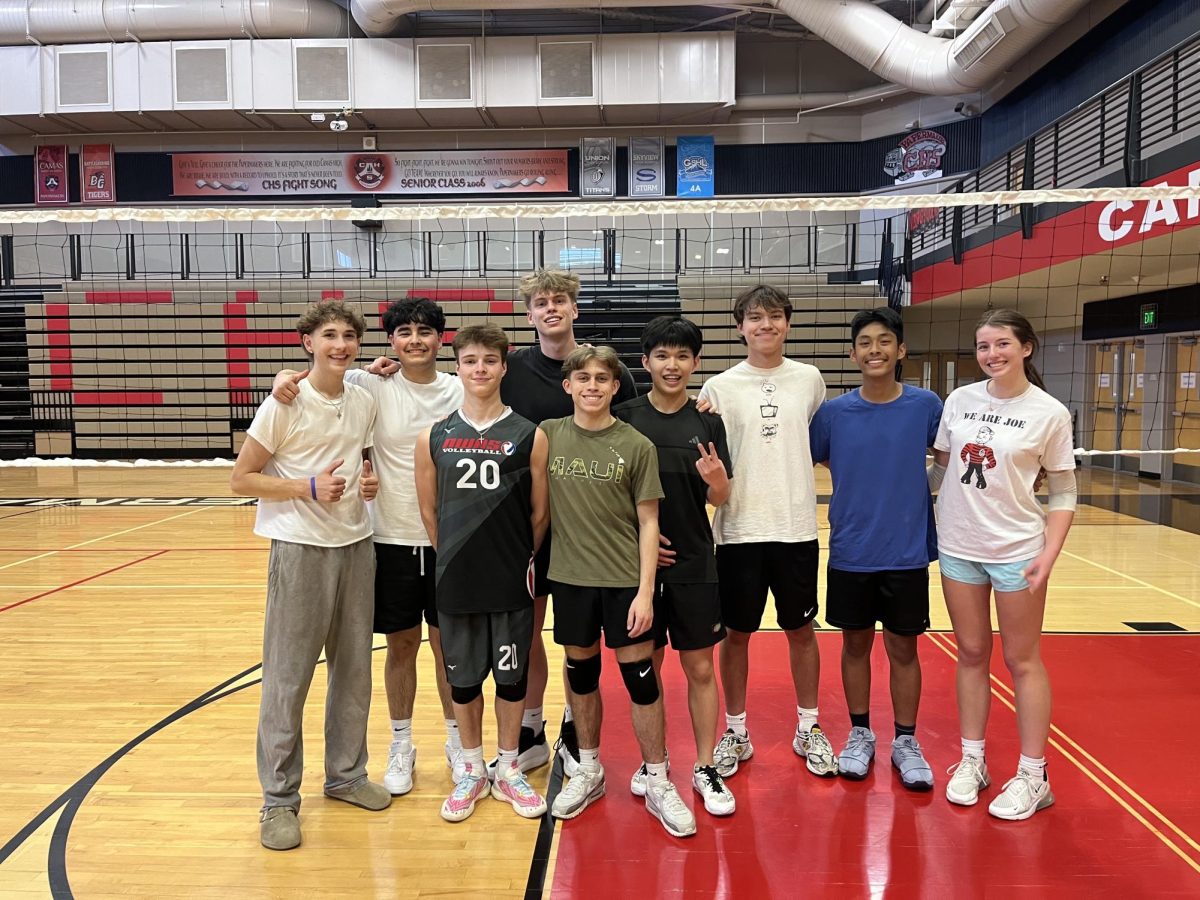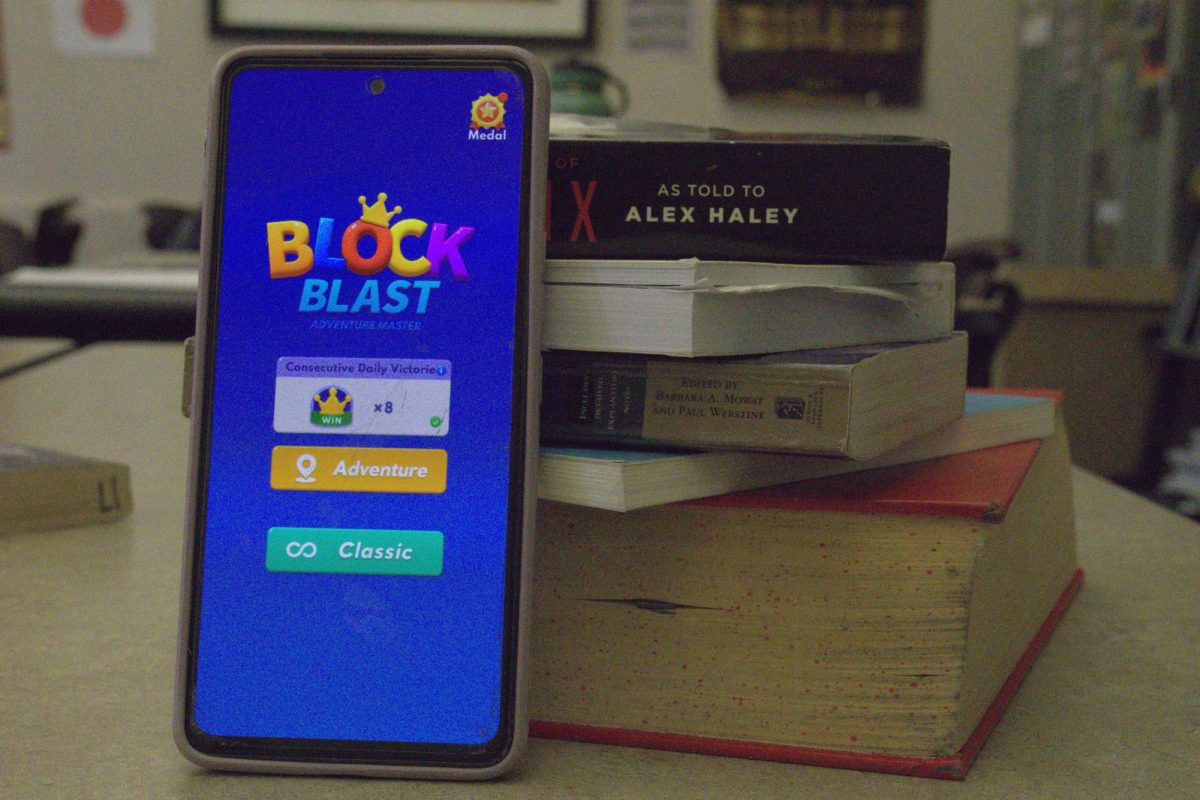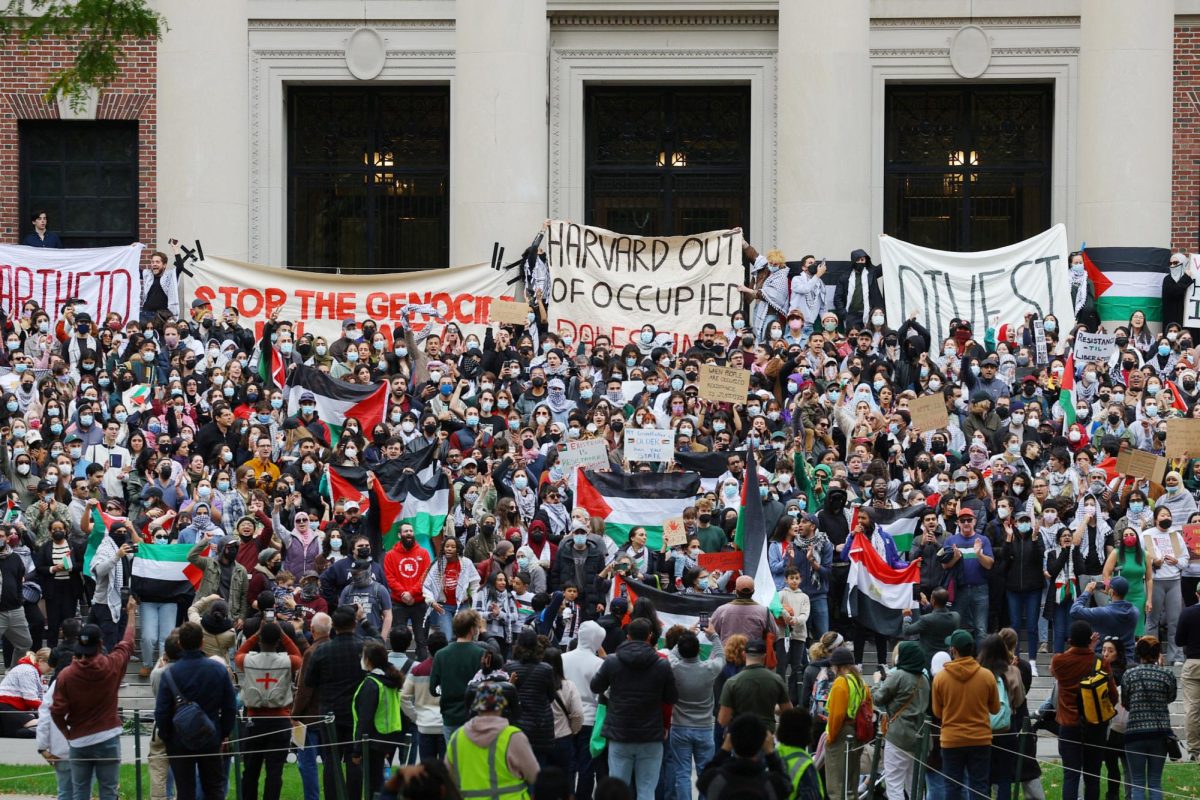As war rages on in the Middle East, Camas High School (CHS) students are becoming increasingly aware of the conflict and its effects on the United States.
On Oct. 7, Hamas launched a surprise attack on Israel, killing 1,400 Israelis and kidnapping hundreds more; however, this conflict has persisted for decades, and this is just the latest violence in the region.
Before 1948, Israel was known as Palestine. It had a diverse population of Jews and Christians, with Muslims as the majority. However, in 1947, the United Nations declared that Palestine would be both a Jewish and Arab state that would be divided into three: Arab, Jewish, and Jerusalem. It became what is now known as the State of Israel.
This started the 1948 Palestine War. From 1948 to 1951, surviving Jews of the Holocaust migrated or were transported by other countries to Palestine for their safety. This caused a mass explosion of the Jewish population, which, initially, was a minority. The State of Israel prevailed, and over 700,000 Palestinians, either willingly or by force, moved to the West Bank and Gaza Strip.
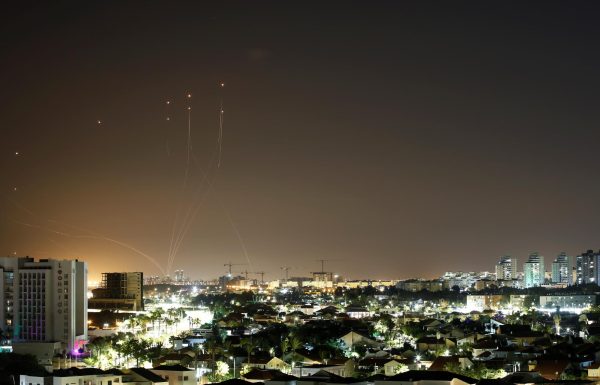
Since then, Israel and the Palestinians have been in numerous conflicts. Both sides have committed different crimes, leading to backlash over the years toward both states.
In 2005, Israel removed Jews from the Gaza Strip and the West Bank, giving complete control to Palestinians. In 2007, this allowed the Hamas terrorist organization to take full governmental control of the Gaza Strip, with their sole goal being to destroy Israel, the only Western-type democracy in the Middle East.
Heading into December, the conflict is still active, but it is not just this war that continues; another is going on between two groups across the world: Pro-Israel and Pro-Palestinian. While there have been many peaceful pro-Israel and pro-Palestianian protests, this latest conflict has caused a mass uptick in anti-semitism (Jewish bigotry) and Pro-Hamas protests on college campuses.
According to the Justice Department, more than 50% of religious hate crimes are targeted toward Jews, who make up only 2.4% of the US population. In the days since the attack, anti-semitic hate crimes have risen 37% since last year, according to FBI data. The FBI has also stated that there has been a spike in anti-Arab sentiment, as well, since the attacks.
This trend has raised concern for Jewish students on the CHS campus, some of whom are now hesitant about specific colleges due to extremist views on the war.
“I don’t think I’m comfortable applying to some universities,” one anonymous CHS student said.
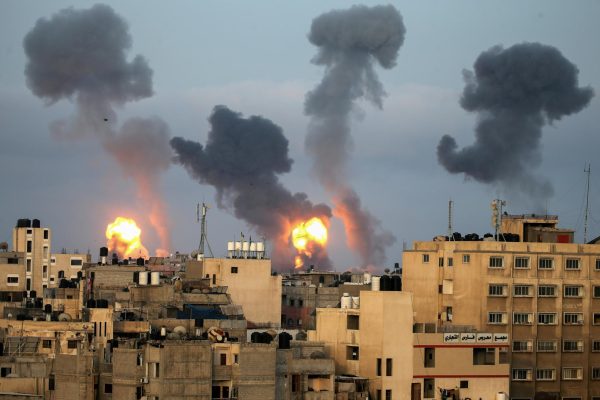
And since anti-semitism is on the rise around the world, Camas citizens of Jewish descent are feeling the effects, too.
“It is very easy for outsiders to be associated with scary, sinister actions that are detrimental to the health of [society],” CHS choir teacher Ethan Chessin said.
Fortunately, there has not been any reported anti-semitic or anti-Arab rhetoric expressed on the CHS campus. However, there has been a lack of understanding of the details of the conflict among CHS students.
“I had no idea [the war] was even happening,” CHS sophomore Cammy Bustillos said.
Many students are unaware of the extreme conditions along the Gaza Strip, with some learning about the conflict weeks after its start.
But while the war is having a significant impact on the Middle East, it is also affecting people worldwide. Some of the hostages taken by Hamas are Americans, and many family members of killed or kidnapped Israelis across the world have expressed their grief and desperation.
Hateful rhetoric has also risen throughout the US against Jews and Muslims. These intolerances have been exposed in the weeks following the attacks, and they continue to show.
















